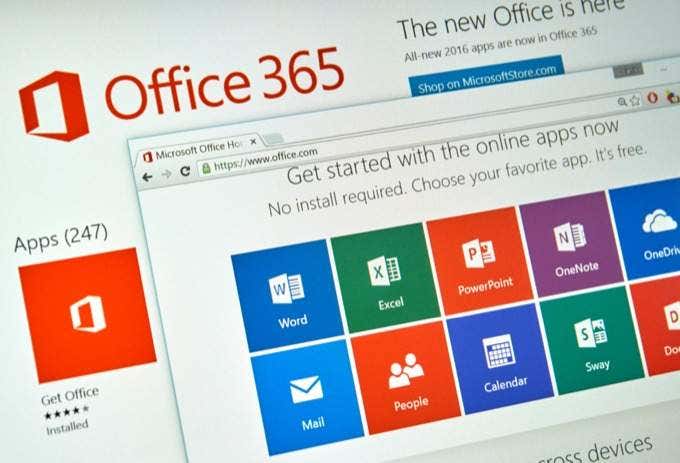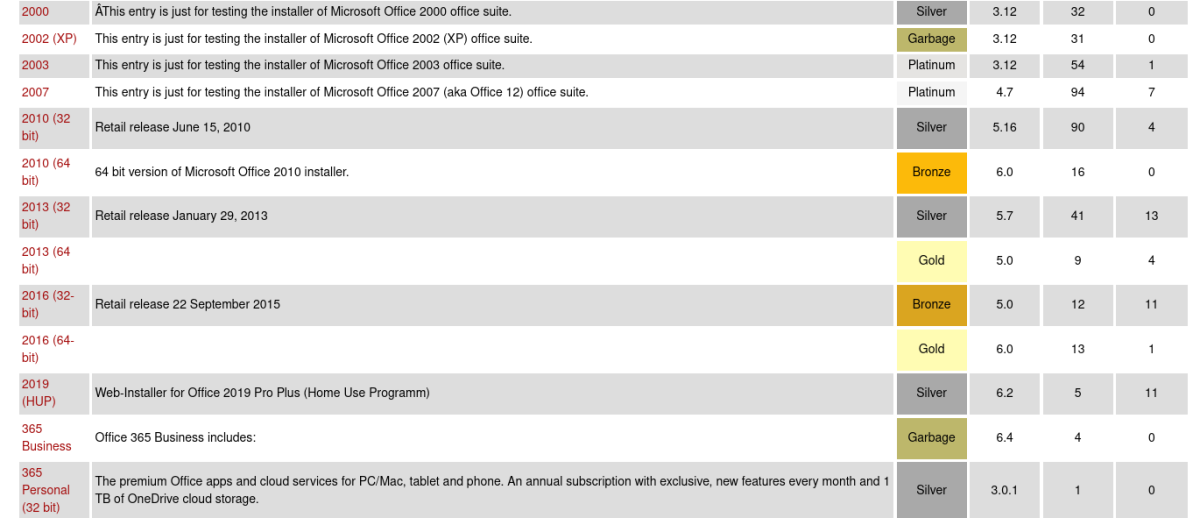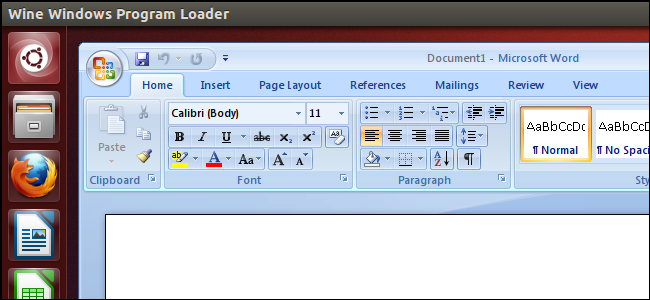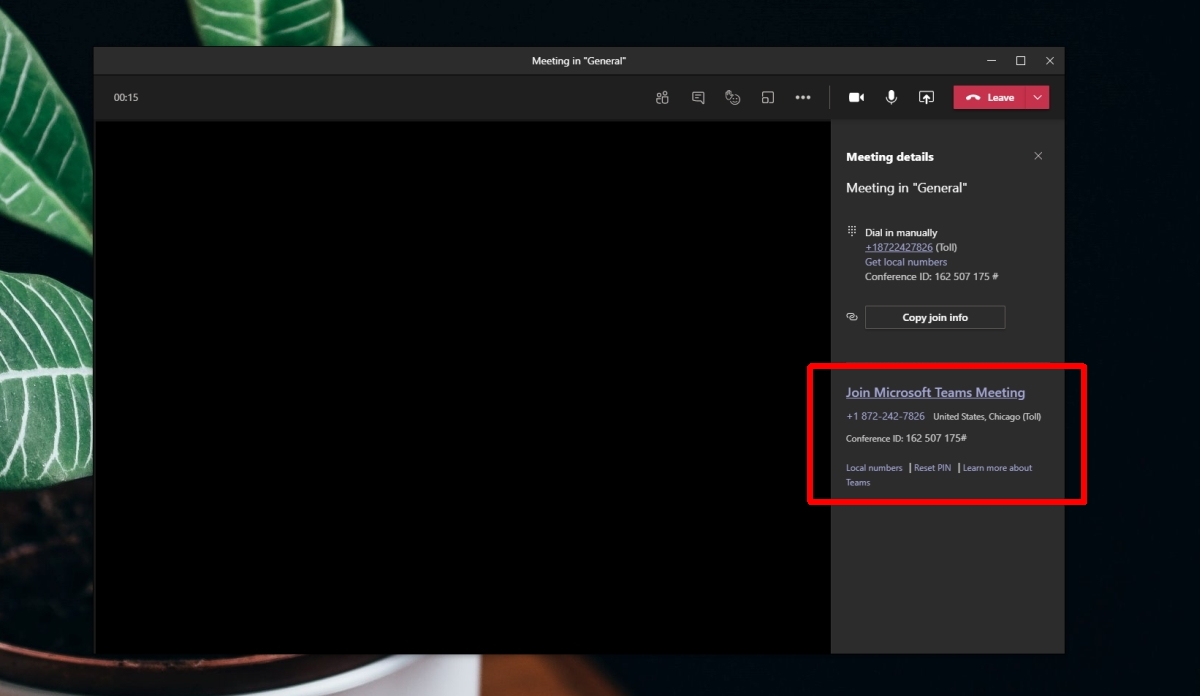
Select More actions at the top of the Teams meeting window.Ī confirmation will pop up, select Restart to confirm. To restart your live event, you'll need to use either the Teams desktop app or Teams on the web. Attendees won't be able to view the previous event On-Demand. Important: If you restart a live event, the recording, transcript and captions of the previously started event will be deleted and replaced with the restarted event. Remember-once the live event ends, it cannot be restarted. Anyone you ask to join will be removed from the event group meeting chat after the meeting. If you ask someone to join, they'll join as a presenter, meaning they can speak, share their screen, participate in the event group's meeting chat, and moderate the Q&A. If not, you can search for them.) When you find them, select More options by their name, then Ask to join. To ask a presenter to join a live event, select Participants, and find the person you want to join (If you already invited them, their name will be in the list. Just select Device settings and then turn off Noise cancellation from the device settings pane. If you are producing your event from an auditorium and there's an in-room audience whose reactions (laughter, clapping, etc.) you want captured in the live event, you can turn off noise cancellation. Make sure that the event team is aware of this potential conflict. If your content is live, other presenters or producers can start sharing their screens by selecting Share.
MICROSOFT OFFICE LIVE MEETING LINUX HOW TO
Go here for more info about how to do that.Up to ten presenters or producers (including you) can share video or content at once. Your admin can also disable the feature altogether. If I don't want Teams to process this data to begin with, can I prevent it? Caption data is permanently deleted after the meeting is over. Microsoft ASR involves no human intervention, and no one can access the meeting audio or any other meeting information at any time. The Microsoft Automatic Speech Recognition (ASR) technology service, which generates Teams meeting captions, may use a meeting's subject, invitation, participant names, attachments, and recent emails of the participants to improve the accuracy of captions.

What data does Teams use to create the captions? We process the data in the geographical region where your organization is based. Where does Teams process the data it uses to provide live captions? These questions apply to the built-in live captions provided by Teams. Note: Obscenities are obscured by asterisks.

Use the highest-quality Teams-certified equipment available to you. As your distance from the mic increases, captions may become less accurate.Īvoid having multiple people speak at the same time.


Speak clearly, slowly, and directly into the mic. To make sure your live captions are as accurate as possible, try to follow these best practices: You have up to 28 language options for captions:Įnglish (US), English (Canada), English (India), English (UK), English (Australia), English (New Zealand), Arabic (Arab Emirates) (Preview), Arabic (Saudi Arabia) (Preview), Chinese (Cantonese), Chinese (Mandarin), Danish, Dutch (Belgium) (Preview), Dutch (Netherlands), French (Canada), French (France), Finnish (Preview), German, Hindi, Italian, Japanese, Korean (Preview), Norwegian, Polish (Preview), Portuguese (Brazil), Russian (Preview), Spanish (Mexico), Spanish (Spain), Swedish. The captions and transcript language will change for all meeting participants. When you change the spoken language setting, it affects everyone. Make sure the language you select is the language everyone is speaking in the meeting.


 0 kommentar(er)
0 kommentar(er)
